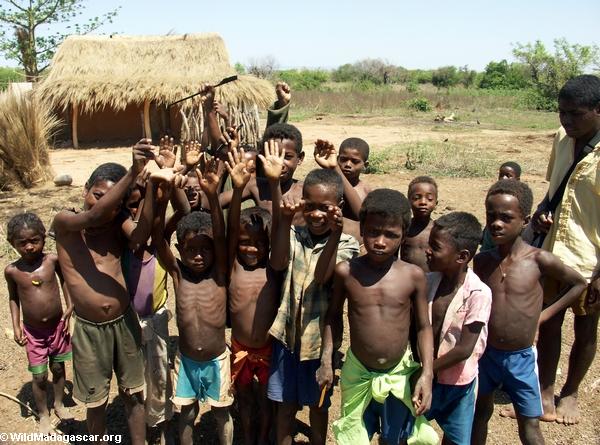I have birthed three children. Each has its own unique story and none of
them happened the way I had planned. I
have a strong belief that women have been birthing babies longer than most
ventures in life and without medical interventions. We have medicalized so many aspects of life
that do not need to be. That said, I did
not want to birth my children in a hospital setting. We were living in Delaware, USA. The options based on law are hospital birth
or one available birth center.
We chose the birth center and had wonderful mid-wives
throughout the pregnancy experience. My
first child was born there. Unfortunately
it wasn’t the birth I had hoped for.
When I was in the beginning stages of labor, the midwives had given me
something to help me sleep through the night so I would have the energy come
active labor the following day. Labor
kicked in strong in the middle of the night.
I had a very difficult time staying awake through labor and it took much
longer as I slept through every other contraction. When he was born, as I am holding him in all
his yucky newborn self, all I could think is “Hallelujah, now I can
sleep!” Not the best response when you
have a newborn ready for your love and attention!
My second and third were in the hospital setting (in 2
different states). Baby 2 was in the
hospital because when my water broke there was a ton of meconium in the fluid
thus (by law) necessitating the need to be hospitalized. My nurse there had never witnessed a
non-medicated birth, and thus had no idea how to interact with me while I was
in active labor (i.e. asking me about a living will). Strapped to machines, they didn’t want me
sitting up, let alone getting out of bed.
Due to various unexpected factors, I was not able to hold her until she
was 1 hour old. This hospital in many
ways was a baby factory … 300-400 births a day.
During our stay, I shared a room with another woman in a room meant to
be a single. arrgh
Baby 3 was born in the hospital. I had found a wonderful OB
and knew that she would support us in all ways that I desired as far as birth
was concerned. I also knew the hospital
respected natural birth. They had a
couple rooms with tubs! J But again, the best laid plans … She needed
to be induced early because my blood pressure was skyrocketing. Once again I was strapped up to machines with
a cuff that took my blood pressure no matter if I was in the middle of a
contraction or not. I was able to labor
in many various positions … only needing to maneuver the cords around which the
nurse and my husband were wonderful about.
When she was born I waited maybe 5 minutes to hold her. My stay in the hospital was wonderful. I almost didn’t want to go home, the nurses
took such great care of both of us … and I would be heading home to 2 children
under the age of 5!
We decided to stop after 3 babies, not knowing what the
birth of a 4th would do to my body … or what that experience might
be like. All 3 of my children are
beautiful and healthy, so even if their births weren’t what I had planned, they
are a welcome joy in my life!
With my best intentions of having a non-medicalized birth …
it didn’t happen. So what about other
areas of the world? They must not all be
as medicalized as mine? I decided to
look at another developed country with a large population and found Japan.
Some of the highlights:
doctors in Japan do not have the social status they do here in the
US. They have the income without the
status and thus seek the status and control in their role. Many OB doctors take care of prenatal care,
delivery, and newborn care in their hospital setting. You don’t make an appointment with the
doctor, you just show up to see him and wait your turn (much like an emergency
room set-up). If the doctor needs to
deliver a baby, you wait until he is finished for your time to see him.
“Doctors monopolize control of the birth process in most
situations.” Midwives work with the mother
prior to delivery but the role of delivering babies is in the hands of the
doctor. It happens the way the doctor
wants. Nurses are not empowered and
often lack basic information, they do what they think is right from their cultural
perspective (not medical) and do whatever the doctor tells them to do.
The Maternity ward was a large room with beds around the
sides. Each bed separated by a curtain
that is never opened. Japanese people do
not make noise in public spaces and so the ward was very quiet.
Fathers are not part of the birth process and are often an unwelcome
presence.
So – is it a medicalized process? Yes and No.
It is whatever the doctor wants!
The patient does not have a lot of say at all.
This has made me appreciate the choices that I was able to
make, my ability to ask questions and stay a part of the process and not focus
on the negative perceptions of the births of my children.
 To anyone who has not had young children in the home, this sounds like
an easy task, but when there is so much learning going on at the same time,
changing out of pajamas and putting on clean clothes for the day can often be a
challenge.
To anyone who has not had young children in the home, this sounds like
an easy task, but when there is so much learning going on at the same time,
changing out of pajamas and putting on clean clothes for the day can often be a
challenge. 


